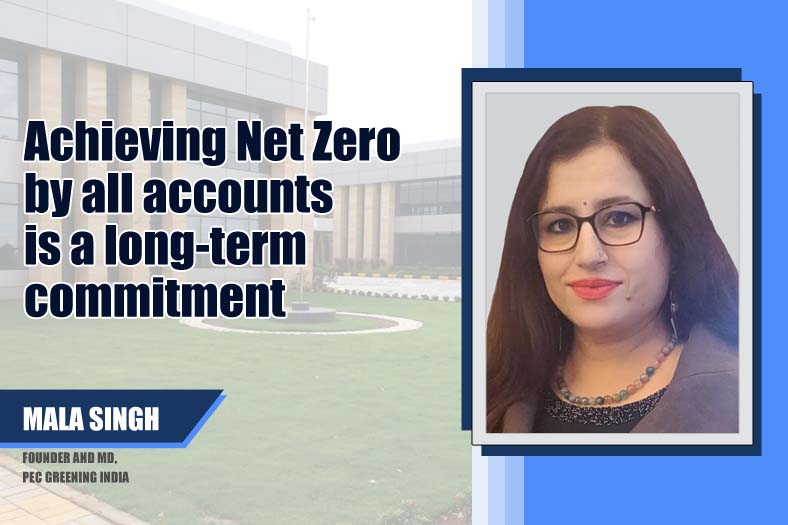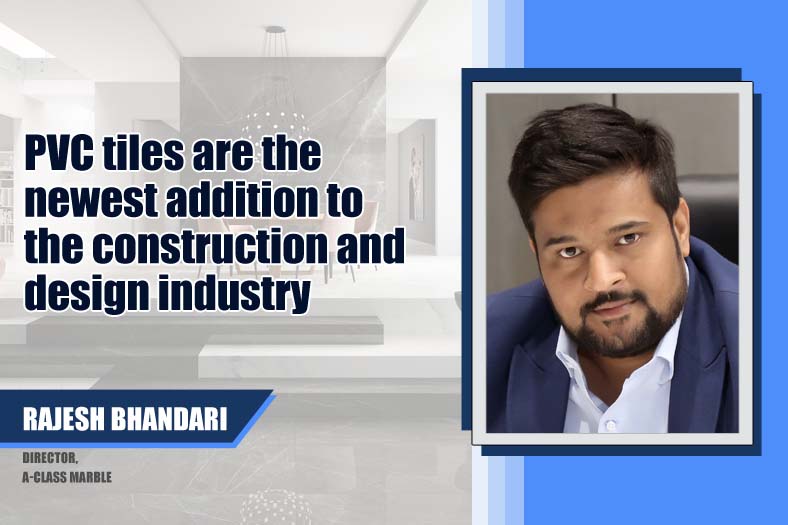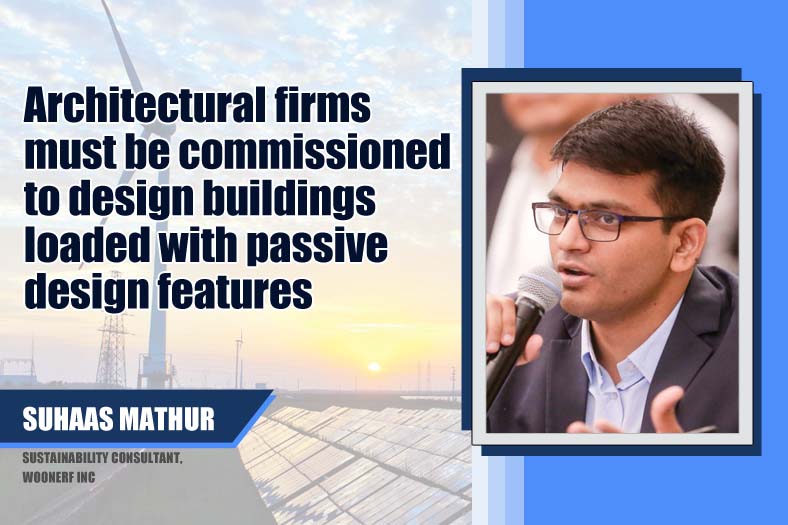Contextual architecture may see popularity

Indian architecture is likely to continue witnessing increased influence from developed nations on the back of rising rupee, swelling market-size and strength, and upsurge in tourism that is increasing exposure to western architecture, says Ar. Shashi Prabhu, Founding Partner, Shashi Prabhu & Associates, in an interaction with Arpita Saxena of ACE Update.
Discuss the existing and emerging trends in architecture.
Many materials are coming for external façade, wall claddings, fixtures, fittings. However, the word of precaution is that unless the material is tested by practising architects with their certification, architects should apply their own mind in certifying materials.
How has technology upgraded in Indian architecture?
We anticipate Indian architecture to continue seeing immense growth in the use of newer softwares. Sketchup by Trimble and Revit by Autodesk are gaining huge popularity not only because of their powerful platform but also due to availability of qualified people using these systems. Clients are expecting better coordination from designers and therefore software such as Revit will continue to gain popularity. In addition, clients are expecting to see better renderings (more realistic). Therefore, softwares such as 3dMax and Lumion will gain greater popularity.
The use and application of modern technologies in designing and building constructions has a variety of definitions and interpretations. Indeed, architects contend that such uses of technology depend on conditions, background and the presumptions of the design and the location. The accurate and appropriate use of modern technology can result in the creation of perfect and flawless buildings. Hence, the sensible use of technology along with the application of local civilisation is the resolution to the current challenges in architecture. As a matter of fact, modern technology should be applied in harmony with local, temporal, social, behavioural and in particular cultural circumstances of a region; technology can qualitatively help to express the values and facts and result in the creation of an innovative and original art.
Please talk about your recent projects?
MCGM Media Room
Media plays a central role in the “social production of news.” That’s why we provided the latest technologies and facilities. Room space 1,450 sq.ft. will be meticulously deconstructed and then reorganised based on the operations. It contains fully air-conditioned hall capacity of 75 seats including a dice for dignitaries with small library. When sound travels out of the speakers, it can become muffled and distorted by bouncing off the objects around the space. Keeping that in mind, it designed with acoustic treatments along with cordless mic for interaction between reporters and dignitaries. Room is with internet connection, latest firefighting system, audio visual system and projector & TV screen facilities. Pantry has been given for refreshments. For storage,70 lockers are provided. Latest technologies and computer facilities have been given for reporters.
Balasaheb Thackeray Memorial
Architectural consultancy services for construction of proposed Mananiya Shiv Sena Pramukh Balasaheb Thackeray Memorial, Near Kala Talao, at Kalyan (w) on Plot reserved for Garden Bearing Reservation No. 77.
Airoli Sports Complex: Exclusive members only sports club in Airoli
Existing complex was small and inadequate. Few visionary citizens got together and convinced CIDCO to allocate them a plot to develop sporting facilities. They invited private partnership to co-develop this complex. The new complex has badminton, squash, TT, gymnasium, restaurants, health club, swimming (roof top), residential rooms, etc., banquet, business centre.
National Institute of Industrial Engineering (NITIE)
NITIE boys hostel is a hi-tech multi-story building which serves four super hi-tech elevators which has the capacity of 16 people in each elevator. Facility is supported with hydro pneumatic and sanitation system. Dining hall can cater up to 240 boys at a time with 12-metre diameter of dining table with skylight. While designing, we didn’t cut any tree so that we can get natural exciting landscape.
Barsapara Cricket Stadium at Guwahati
Barsapara Cricket Stadium, officially known as Dr. Bhupen Hazarika Cricket Stadium and nicknamed Assam Cricket Association Stadium is a cricket stadium in Guwahati, Assam, India. The project consists of design and development of a 50,000-capacity cricket stadium with four separate stands. This is the first cricket stadium in India constructed using structural steel framing and unitised steel decking system. The north side of the plot accommodates a club house with a swimming pool, tennis courts, restaurants, bar, squash courts and badminton courts.
What has been your greatest achievement so far?
The first noteworthy project we did was Wankhede stadium that kickstarted our journey. Completing this project in less than 12 months was most challenging, however, we were successful in achieving that.
What is the growth trajectory of architecture in India?
Indian architecture is going to continue seeing increased influence from the developed nations. The reasons are two fold – one is the increase in size and strength of the Indian market and the possible stability/strength of the Indian currency, which might intrigue more international designers to venture working in our country. Second is the upsurge of tourism which allows Indian citizens to get exposed to the western architecture thereby wanting them to experiment further with that style. This might be more prevalent in tier-II cities since tier-I cities have already experienced the perils of blatantly using international design approach without having consideration for local context such as climate and culture. Contextual architecture, which involves blending international styles to suit Indian context, may therefore see popularity.
How can architecture be made eco-friendlier?
Today, a host of resource conserving ideas are available in the market like sensors automatically shutting down energy consuming devices during inactivity, heat exchangers converting lost heat from air-conditioning systems into hot water, energy saving LED lights, geothermal plants using ground water for air-conditioning systems, sewer treatment plants converting raw sewer into grey water usable for landscaping and AC systems, etc. Even when developers choose not to adopt the intensive energy saving rating certifications for their buildings, they could adopt any combination of the energy saving components thereby supporting their contribution to a greener planet. After all, it goes without saying “One small step for man could possibly be a giant step for mankind in the future”.
Please discuss about your future projects.
Some of the upcoming projects of SPA include – Grand Memorial for Bharat Ratna Dr. Babasaheb Ambedkar; construction of 600 bed tertiary hospital for MCGM at Borivali; construction of a sports complex for Willingdon Sports Club; development of a hill station between Pune and Mumbai; reconstruction of MLA housing at Nariman Point, Mumbai, School building infrastructure in Rwanda, Africa, Police housing for Maharastra police in Panvel.
We anticipate Indian architecture to continue seeing immense growth in using newer softwares.
Ar. Shashi Prabhu, Founding Partner, Shashi Prabhu & Associates
38
Cookie Consent
We use cookies to personalize your experience. By continuing to visit this website you agree to our Terms & Conditions, Privacy Policy and Cookie Policy.









